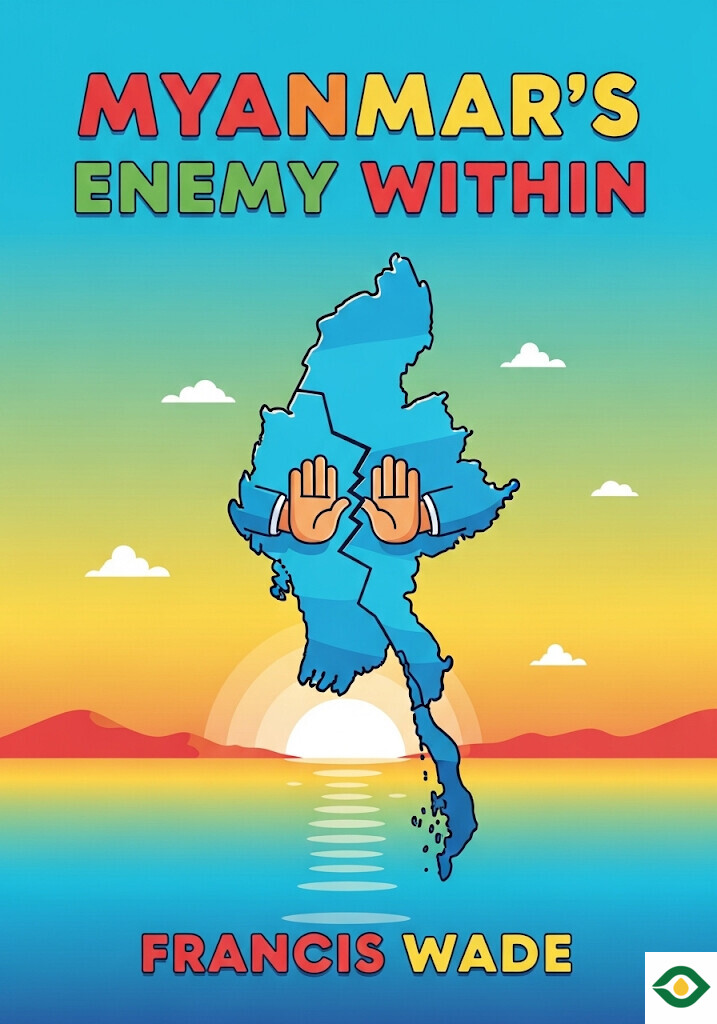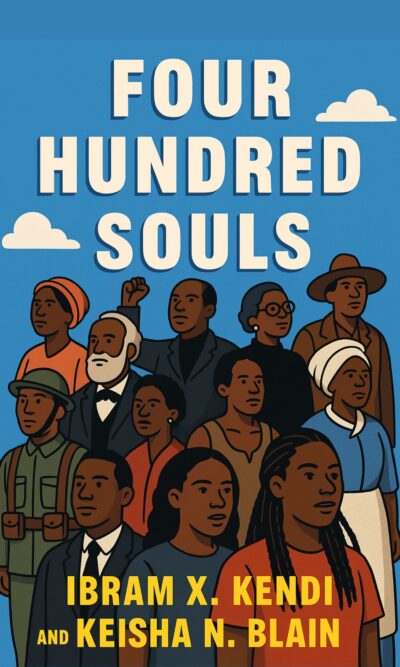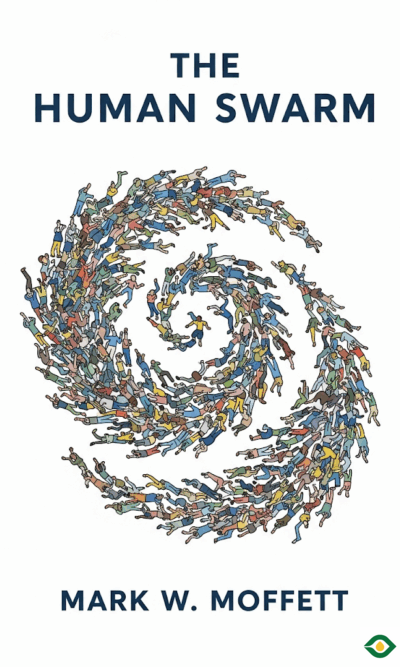Description
Myanmar, a country once seen as a quiet land of pagodas and monks, has a complicated and painful story. For decades, the world thought of Myanmar as a place where peaceful Buddhists suffered under a cruel military dictatorship. When democracy returned in 2011, many believed the nation had finally turned a corner. Yet, instead of peace, a darker side emerged. The same Buddhist majority that long resisted oppression soon turned its anger toward its Muslim neighbors, especially the Rohingya. Understanding how this happened requires looking at Myanmar’s past, its politics, and the fears that have haunted its people.
For centuries, Buddhists and Muslims in places like Rakhine State lived side by side. They traded in the same markets, sent their children to the same schools, and even intermarried. But in 2012, everything changed. Rumors spread that Muslims were plotting against Buddhists. Violence followed quickly. In the town of Sittwe, Muslim homes were burned down, families were forced into camps, and entire neighborhoods were erased. The Rohingya, a Muslim minority, became the main target. To their Buddhist neighbors, they were not fellow citizens but outsiders—people who had supposedly crossed from Bangladesh and did not belong.
These fears went beyond land disputes. Many Buddhists saw themselves as guardians of a “Western Gate,” a symbolic frontier between the Buddhist world and the Muslim world. To them, the presence of Muslims threatened not just local life but the survival of Buddhism in Myanmar itself. This sense of fear, stoked by rumors and political speeches, turned neighbors into enemies almost overnight.
The timing of this violence was not accidental. It came just as Myanmar was moving from dictatorship toward democracy. Under military rule, minorities like the Rohingya were harshly suppressed, but their voices were also limited. With democracy, these groups might finally gain rights and recognition. For some Buddhists, this felt like a threat. They worried that equality for Muslims meant losing their own dominance. What should have been a hopeful moment for the country instead became a trigger for division.
Extremists used new freedoms—especially freedom of the press and social media—to spread hateful ideas. For the first time since 1962, newspapers could print without strict military censors. But instead of fostering healthy debate, many papers filled their pages with warnings that Muslims were trying to take over. Monks and politicians alike described the Rohingya as invaders who invented their identity as a trick. They were painted as terrorists, a fifth column working to destroy the nation from within. The slur “kalar,” aimed at dark-skinned South Asians, became common and equated with “Muslim.”
Once these ideas took root, violence spread far beyond Rakhine State. By the end of 2012, Muslim communities in different parts of Myanmar—some unrelated to the Rohingya—were also attacked. Entire neighborhoods in cities like Mandalay were burned. Even elderly Muslims, including a ninety-four-year-old woman, were not spared. The pattern was clear: Muslims, regardless of background, were becoming scapegoats for broader fears about Myanmar’s future.
To truly understand this hostility, one must look back at colonial times. The British, who annexed Myanmar in the 19th century, changed the country’s demographics by encouraging mass migration from India. Hundreds of thousands of Indians, many of them Muslim, came to work as laborers, clerks, and traders. Within a few decades, they became visible in every corner of society. For the local population, this sudden shift was alarming. Resentment grew, especially as Indian Muslims were seen as loyal to the British and unwilling to assimilate into local culture. By the 1930s, anti-Indian and anti-Muslim riots were common, and the seeds of mistrust were planted.
After independence in 1948, Myanmar tried to build a new identity. But instability and armed rebellions led to a military takeover in 1962. The dictatorship that followed had one main goal: unity at all costs. Its slogan was “one voice, one blood, one nation.” This meant pushing a singular identity—Buddhist and Bamar (the majority ethnic group). Minorities who did not fit this mold were treated with suspicion. The government used history selectively, claiming that true unity had always existed in the past, only disrupted by foreigners. Muslims, especially, were cast as the ultimate outsiders.
Citizenship became tied to ethnicity. In 1982, a new law listed 135 “national races” eligible for full citizenship. Despite clear historical evidence that Muslims had lived in Myanmar for centuries, the Rohingya were excluded. Suddenly, they were stateless in their own homeland. They lost basic rights, from freedom of movement to access to education and healthcare. Their ID cards were taken away, and many were left without any legal documents at all.
Meanwhile, the military also pursued demographic engineering. In the 1990s, criminals from Buddhist backgrounds were resettled in Rakhine State with free homes, land, and food. This wasn’t charity—it was a strategy. By increasing the Buddhist population in Muslim-majority areas, the government hoped to tip the balance of power. This plan was fueled by fears of “Islamization” and the belief that only Buddhism could hold the country together.
Perhaps the most shocking part of this story is that even Myanmar’s pro-democracy movement, celebrated worldwide for its struggle against dictatorship, often refused to stand with the Rohingya. Leaders who spent years in prison fighting for freedom still repeated the same line: the Rohingya are not a true ethnic group of Myanmar. Even Nobel laureate Aung San Suu Kyi avoided condemning anti-Muslim violence directly, speaking instead of “both sides” being at fault. For many activists, supporting the Rohingya risked being branded as “pro-Muslim,” which could cost them popular support.
The result is a tragic paradox. A country that fought for democracy and freedom has denied those same rights to one of its most vulnerable communities. The Rohingya, stripped of citizenship, pushed into camps, and driven across borders, remain one of the world’s most persecuted peoples. At the same time, Myanmar itself continues to struggle with questions of identity, belonging, and justice.
The story of Myanmar’s enemy within is not just about politics—it is about fear. Fear of losing land, fear of losing culture, fear of disappearing as a people. But fear, when manipulated by leaders and extremists, can turn into hatred. And hatred, once unleashed, is hard to contain. Myanmar shows us how history, myths, and insecurities can combine to transform neighbors into enemies.
The lessons from this story are sobering. True democracy cannot exist without equality for all. National identity built on exclusion and division will always lead to conflict. And ignoring the suffering of one group—whether by governments, movements, or the international community—only deepens wounds that may take generations to heal.





